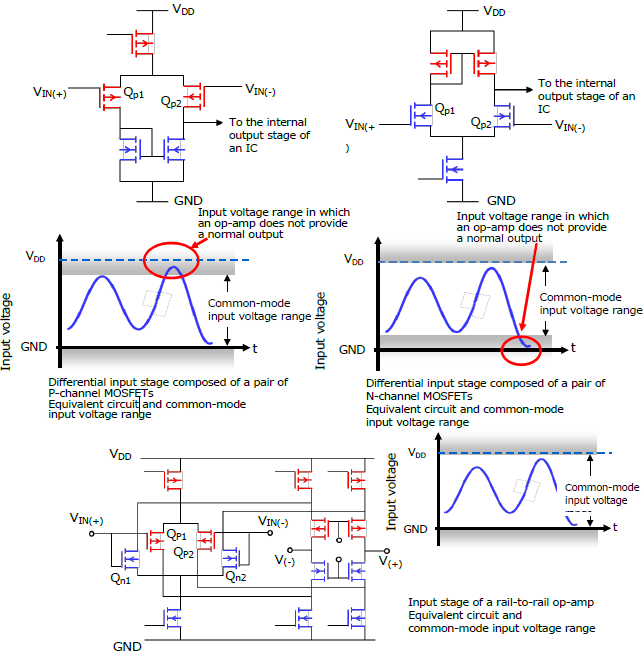- 半導體首頁
-
應用Automotive
Body Electronics
xEV
In-Vehicle Infotainment
Advanced Driver-Assistance Systems (ADAS)
Chassis
IndustrialInfrastructure
BEMS/HEMS
Factory Automation
Commercial Equipment
Consumer/PersonalIoT Equipment
Healthcare
Wearable Device
Mobile
Computer Peripherals
-
產品車用元件
Discrete Semiconductor
Diodes
電晶體
通用邏輯IC
Analog Devices
Digital Devices
Wireless Devices
※
: Products list (parametric search)
功率半導體※
: Products list (parametric search)
隔離器/固態繼電器Photocouplers
Digital Isolators
※
: Products list (parametric search)
MOSFETsIGBTs/IEGTs雙極性電晶體※
: Products list (parametric search)
Diodes※
: Products list (parametric search)
微控制器馬達驅動 ICs智能功率 ICs※
: Products list (parametric search)
電源管理 ICs線性 ICs※
: Products list (parametric search)
通用邏輯 ICs線性影像感測器其他產品其他產品
※
: Products list (parametric search)
-
開發/設計支援
開發 / 設計支援
-
技術知識
- 購買管道
- 型號 & 關鍵字搜尋
- 交叉搜尋
- 參數搜尋
- 線上庫存查詢跟購買
This webpage doesn't work with Internet Explorer. Please use the latest version of Google Chrome, Microsoft Edge, Mozilla Firefox or Safari.
型號需要超過三個文字以上 Search for multiple part numbers fromhere.
The information presented in this cross reference is based on TOSHIBA's selection criteria and should be treated as a suggestion only. Please carefully review the latest versions of all relevant information on the TOSHIBA products, including without limitation data sheets and validate all operating parameters of the TOSHIBA products to ensure that the suggested TOSHIBA products are truly compatible with your design and application.Please note that this cross reference is based on TOSHIBA's estimate of compatibility with other manufacturers' products, based on other manufacturers' published data, at the time the data was collected.TOSHIBA is not responsible for any incorrect or incomplete information. Information is subject to change at any time without notice.
型號需要超過三個文字以上
What types of op-amps are available?

1. Classification based on the manufacturing process used
Op-amps can be divided into two types according to the manufacturing process used: CMOS and bipolar. Since CMOS op-amps are voltage-controlled devices, they operate with low DC input bias current (II) and therefore their power consumption is low. However, because of low withstand voltage of typical CMOS processes, CMOS op-amps are commonly used for 5-V or lower-voltage applications. In contrast, bipolar processes withstand higher voltage than CMOS processes. Toshiba’s single- and dual-supply bipolar op-amps can be used with a supply voltage of 12 V and ±18 V, respectively.
In addition, bipolar op-amps compare favorably with CMOS op-amps in terms of 1/f noise. The main cause of this noise is the crystalline disorder of silicon, which exists in abundance on the wafer surface. Therefore, bipolar transistors with a junction interface deep inside a device produce less 1/f noise than MOS transistors with a junction interface close to the surface of a device. In recent years, however, low-noise CMOS op-amps have been appearing because of the ongoing improvement of CMOS processes. Therefore, CMOS op-amps are used for most applications nowadays.
2. Classification based on the power supply type
There are two types of op-amps: single power supply type and dual power supply type. In the case of a single-supply op-amp, VCC is positive with respect to GND. In the case of a dual-supply op-amp, VCC is positive and VEE is negative with respect to GND. Even single-supply op-amps can be used with dual power supplies as long as the difference between the minimum and maximum supply voltages does not exceed the differential input voltage range shown in the Absolute Maximum Ratings table. (In this case, care should be exercised as to power supply noise since each power supply in the op-amp is not referenced to GND.)
However, the supply voltage range of typical op-amps is generally shifted toward the GND (negative) side, reducing the range of allowable positive supply voltage. As an example, the following shows some of the electrical characteristics of the TC75S51FU. Its common-mode input voltage (CMVIN) is specified as 0 to 2.5 V. CMVIN is the input voltage range that is allowed when the TC75S51FU operates with a single power supply. For example, suppose that this op-amp is powered from dual supplies of ±1.5 V. Then, the common-mode input voltage can be restated as -1.5 V to +1.0 V. In this case, when the input voltage is from VCC to 0.5 V, the TC75S51FU might not provide a normal output, for example, because of a reduced gain.

3. Classification based on the input circuit
The following shows different types of input circuits of op-amps. The differential inputs of typical op-amps are composed of a pair of P-channel MOSFETs or a pair of N-channel MOSFETs whereas those of rail-to-rail op-amps are composed of a pair of P-channel MOSFETs and a pair of N-channel MOSFETs. (In practice, however, there are few op-amps with differential inputs composed of N-channel MOSFETs.) An op-amp with P-channel input MOSFETs does not provide a normal output when the input voltage is within a fraction of a volt below VDD. Likewise, an op-amp with N-channel input MOSFETs does not provide a normal output when the input voltage is within a fraction of a volt above GND. A rail-to-rail op-amp combines the benefits of both these op-amps to provide a normal output over the full input range from VDD to GND.
4. Classification based on electrical characteristics
In addition to the characteristics described above, op-amps may be classified according to their electrical characteristics. Select op-amps that suit your requirements.
Related Links
The following documents also contain related information:



